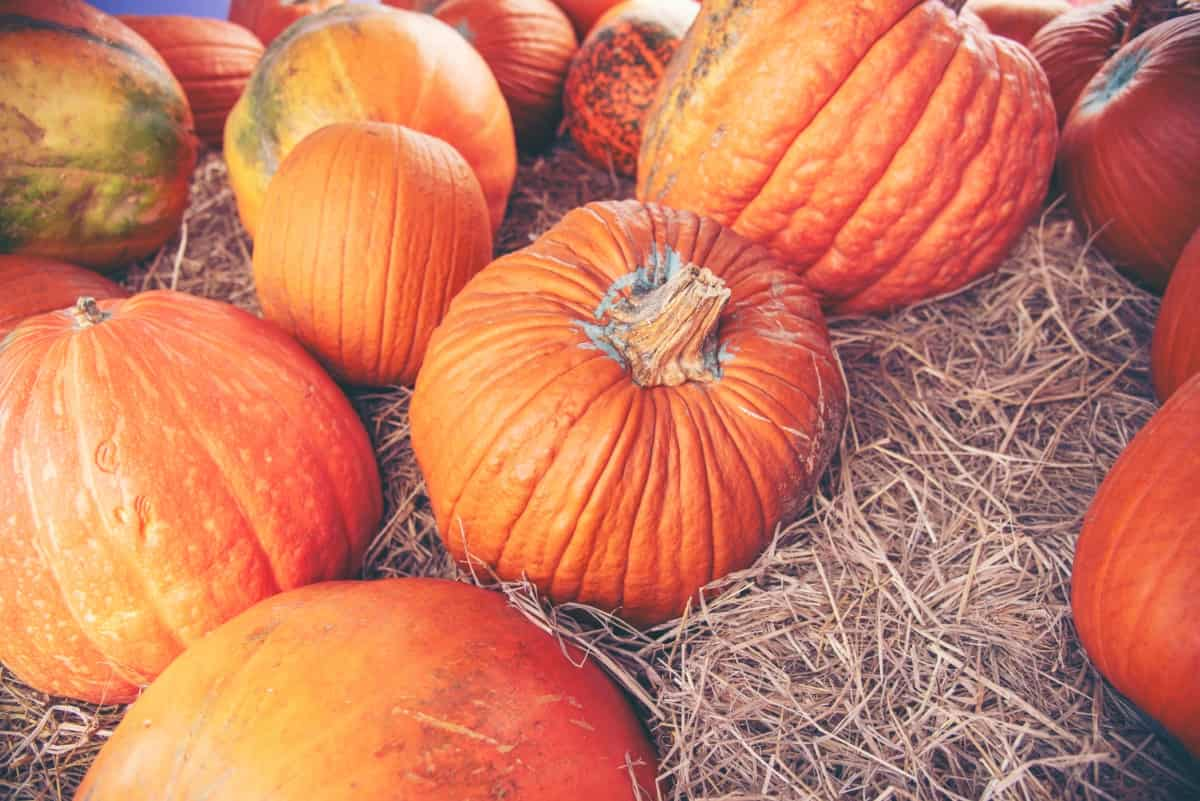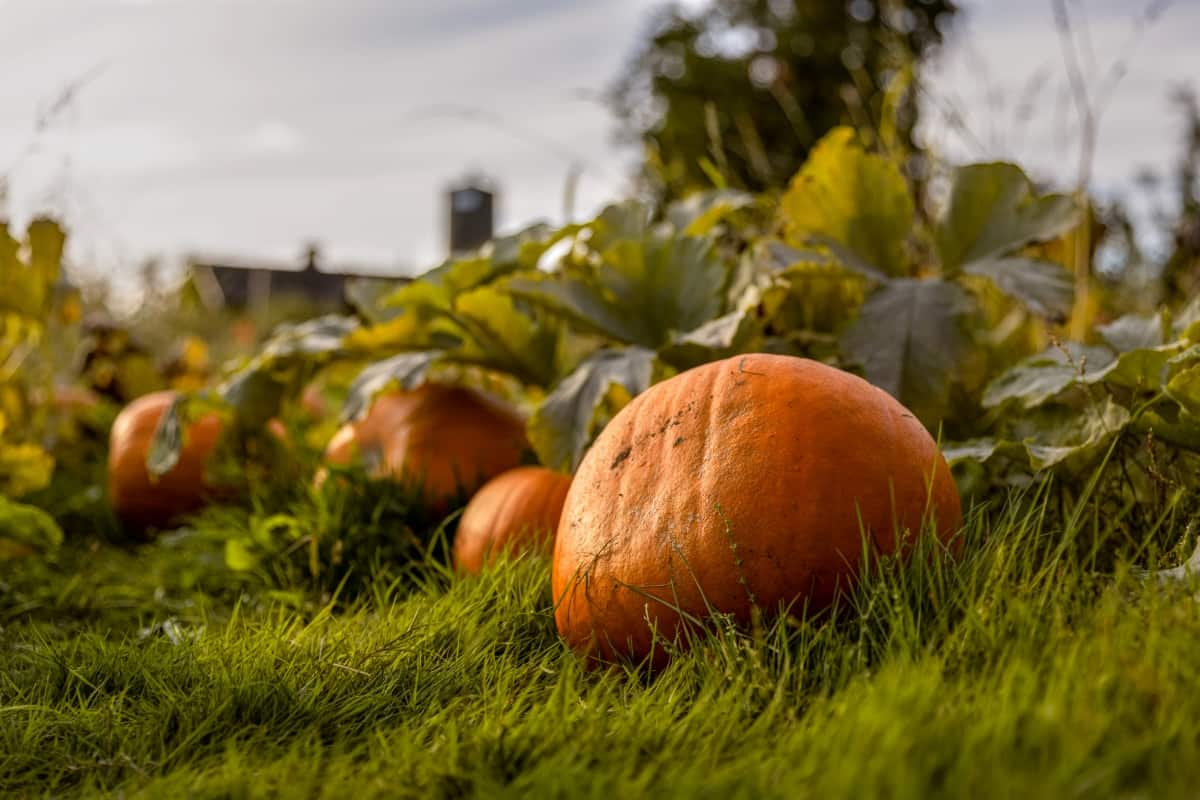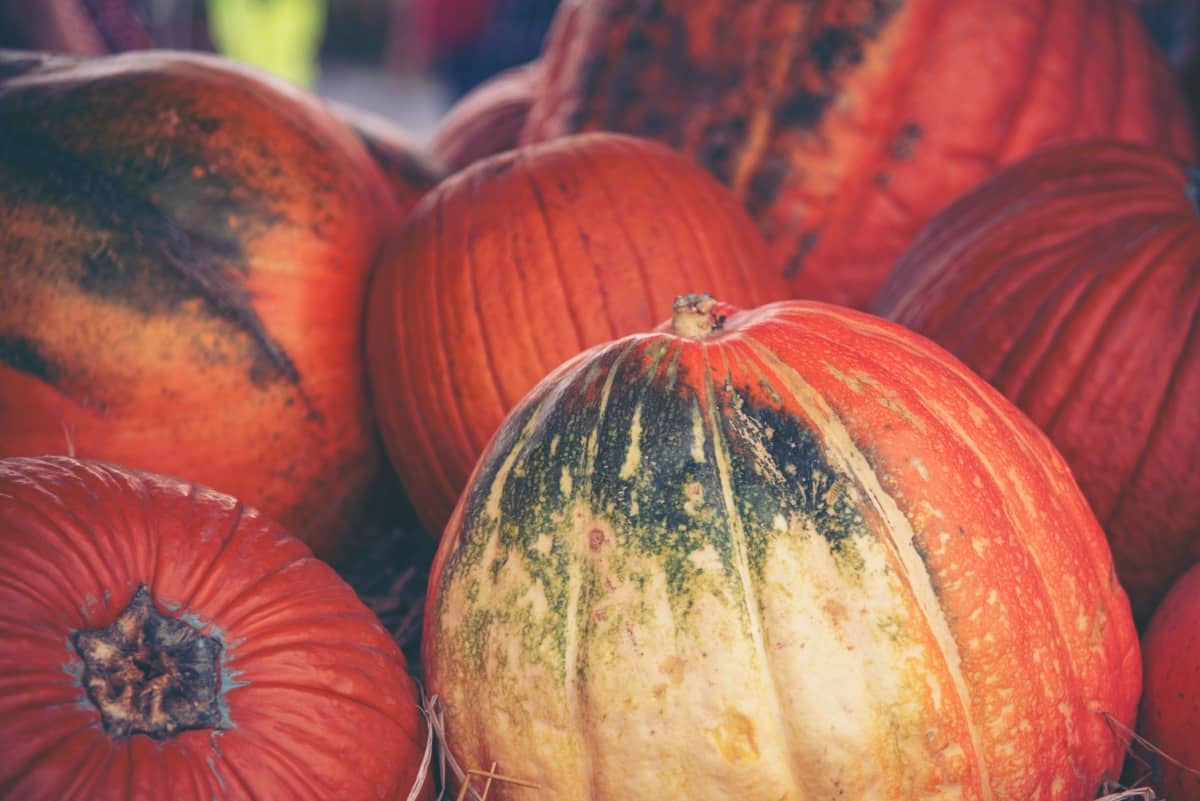Growing a giant pumpkin, a spectacular garden feat, begins with selecting the right pumpkin seeds. Understanding when to plant pumpkin seeds is vital as timing impacts the plant’s life cycle. As the pumpkin matures, the giant pumpkin fertilizer schedule is critical in achieving those astonishing sizes.

The journey of how to grow a giant pumpkin step by step is both intricate and rewarding. From germination to pollination, each stage requires unique care. Additionally, factors such as sunlight, temperature, and the best fertilizer for giant pumpkins influence how long it takes to grow a giant pumpkin.
How to Grow Giant Pumpkins from Seeds
Understanding the Life Cycle of Giant Pumpkin Plant
Delving into the life cycle of the giant pumpkin plant reveals a fascinating journey from seed to fruit. These plants go through stages, starting germination, transitioning to the vegetative stage, then flowering, and culminating in fruit setting and maturation. Awareness of these phases aids in providing the appropriate care and interventions at the right times, setting the stage for successful giant pumpkin cultivation.
Selecting the Right Pumpkin Seed Varieties for Giant Pumpkin Cultivation
The foundation of growing a colossal pumpkin lies in choosing the correct giant pumpkin seeds. Numerous varieties boast a lineage of producing massive pumpkins. It’s essential to select seeds known for their giant potential, ensuring that the genetic makeup is predisposed to achieving the desired size.
Preparing the Soil for Planting Giant Pumpkin Seeds
The right soil mix is crucial. An ideal foundation for optimal plant development is provided by a loosely textured soil with good drainage properties and abundant organic content. Prior to planting, it is recommended to cultivate the soil to a minimum depth of 12 inches, while simultaneously integrating compost or thoroughly decomposed manure. This aids in moisture retention while ensuring the soil is aerated, promoting healthy root growth.
Planting Giant Pumpkin Seeds: Techniques and Best Practices for Successful Germination
Knowing when to plant pumpkin seeds is pivotal. Late spring, after the last frost, is typically the best time. Seeds should be planted at a depth of about 1 to 1.5 inches, ensuring adequate spacing between them. Proper spacing allows room for growth and reduces competition for nutrients. Covering seeds with loose soil and maintaining consistent moisture hastens germination.
In case you missed it: Best Fertilizer for Pumpkins: When to Apply NPK, Homemade, Organic, Liquid, and Slow-Release

Providing Adequate Sunlight and Temperature Conditions for Giant Pumpkin Seedlings
For thriving growth, ensure your pumpkin plants receive at least 6 to 8 hours of sunlight daily. They thrive in temperatures between 70-85°F. It’s crucial to avoid exposing seedlings to frost, as this can stunt growth or even kill the plant.
Watering and Fertilizing Giant Pumpkin Plants
Regular watering, especially during dry spells, is crucial. However, avoid waterlogging, as this can lead to root rot. Implementing a consistent giant pumpkin fertilizer schedule, particularly with the best fertilizer for giant pumpkins, is vital for optimum growth. Feed them a balanced, slow-release fertilizer to ensure they receive all the essential nutrients.
How Do You Start Giant Pumpkin Seeds and How Long Do Giant Pumpkin Seeds Take to Germinate
After planting, giant pumpkin seeds generally take 5 to 10 days to germinate after planting. To initiate the process, keep the soil consistently moist but not soggy. Warm temperatures, hovering around 70-85°F, further expedite this process.
Best Fertilizer for Giant Pumpkins: Schedule and How to Apply
Regular fertilization following a giant pumpkin fertilizer schedule aids in achieving maximum growth. A balanced, slow-release fertilizer is considered the best fertilizer for giant pumpkins. Begin with a nitrogen-rich fertilizer for initial growth and transition to phosphorus-heavy fertilizer as they flower and fruit.
How to Pollinate Giant Pumpkin Flowers
Pollination is crucial for fruit set. While pumpkin flowers can self-pollinate, manually transferring pollen from male to female flowers using a soft brush can boost the chances of successful fruiting.
How to Grow Pumpkins in Pots
If space is limited, giant pumpkins can be grown in large pots. Ensure the container has adequate drainage and is filled with a high-quality potting mix. Regular watering and following the giant pumpkin fertilizer schedule are key.
Protecting Giant Pumpkin Seedlings from Pests and Diseases
Regularly inspect plants for signs of pests like aphids or squash bugs. Using organic insecticides or beneficial insects like ladybugs can keep them at bay. Moreover, practicing crop rotation and maintaining good garden hygiene help prevent diseases.
In case you missed it: Can You Grow Pumpkins from Store-bought Pumpkins: A Step-by-step Process Guide

Pruning and Training Techniques for Maximizing Giant Pumpkin Size
Resources are focused by selectively pruning secondary vines and limiting the pumpkin plant to one or two fruits, leading to larger pumpkins. Training vines in a specific direction can also help manage space and sunlight exposure.
Why are My Pumpkin Leaves Turning Yellow/Brown and How to Fix It?
Yellowing or browning of leaves can indicate water stress, nutrient deficiencies, or diseases. Regular watering, following the recommended fertilizer schedule, and promptly addressing any visible pests or diseases can rectify this issue.
How to Keep Squirrels Away From Pumpkin Plants
Squirrels can pose a nuisance. Utilizing protective mesh, applying organic repellents, or setting up scare devices can deter these critters from wreaking havoc on your pumpkins.
Harvesting and Storing Giant Pumpkins: Preserving Quality and Prolonging Shelf Life
Once the pumpkin’s skin hardens and it achieves a deep, uniform color, it’s ready for harvest. Cut the stem using sharp, sanitized tools, leaving several inches attached. Store in a cool, dry place, ensuring they aren’t subjected to freezing temperatures or moisture.
Monitoring Growth and Ensuring Optimal Conditions
Consistent monitoring is crucial as the giant pumpkin continues its journey from a tiny seedling to a gargantuan fruit. Regularly checking the soil’s moisture content, adjusting the position of growing pumpkins for even sunlight exposure, and rotating them slightly to prevent flat spots can make a significant difference.
In case you missed it: How to Grow Pumpkin from Seed in Greenhouse: A Step-By-Step Guide for Seed to Harvest

Monitoring also involves looking for signs of stress from pests, diseases, or environmental factors. Periodically measuring the pumpkin’s size can offer insights into its growth rate, indicating if it’s receiving the optimum care. Furthermore, ensuring that the surrounding soil remains free from weeds and other competing plants will facilitate uninterrupted nutrient absorption, paving the way for a true garden giant.
Conclusion
Growing a giant pumpkin from seed is a journey that requires patience, dedication, and an understanding of the intricate processes involved. Every step contributes to the final outcome, from selecting the right giant pumpkin seeds to meticulously following the giant pumpkin fertilizer schedule.
While the process might seem daunting initially, the sight of a massive, lustrous pumpkin in your garden is unparalleled. It’s not just about the size but also the culmination of efforts, knowledge, and passion that makes this venture truly fulfilling. Whether you’re a seasoned gardener or a newbie taking on this challenge, the experience of cultivating a giant pumpkin will undoubtedly leave you with cherished memories and, of course, an impressive pumpkin to showcase.
- Feed Your Flock for Less: Top 10 Tips to Save on Chicken Feed
- Ultimate Guide to Ossabaw Island Hog: Breeding, Raising, Diet, and Care
- Hatching Answers: The Top 10 Reasons Your Chickens Aren’t Laying Eggs
- Eggs and Economics: Breaking Down the Cost of Raising Backyard Chickens
- Defend Your Greens: Proven Methods to Keep Iguanas Out of Your Garden
- Ultimate Guide to Cinnamon Queen Chicken: A Comprehensive Guide for Beginners
- Ultimate Guide to California Tan Chicken: Breeding, Raising, Diet, Egg-Production and Care
- Ultimate Guide to Marsh Daisy Chicken: Breeding, Raising, Diet, and Care
- 10 Types of Chicken Farming Businesses You Can Start for Profits